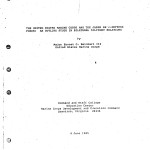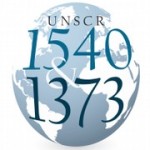Jayantha Dhanapala states that a Nuclear Weapons Free Zone (NWFZ) in Northeast Asia could prove to be a reasonable solution to the complex issues in the region, but that the exceptions and ambiguities that have been allowed during past negotiations of NWFZs must be avoided. Dhanapala argues that compromising on fundamental NWFZ principles—namely that all parties must verifiably dismantle any nuclear weapons and rescind extended nuclear deterrence agreements with Nuclear Weapons States (NWS)—will only exacerbate security concerns.
Jayantha Dhanapala is a former Ambassador of Sri Lanka and a former UN Under Secretary-General for Disarmament Affairs.
This report was originally presented at the East Asia Nuclear Security workshop held on November 11, 2011 in Tokyo, Japan. All of the papers and presentations given at the workshop are available here, along with the full agenda, participant list and a workshop photo gallery.



